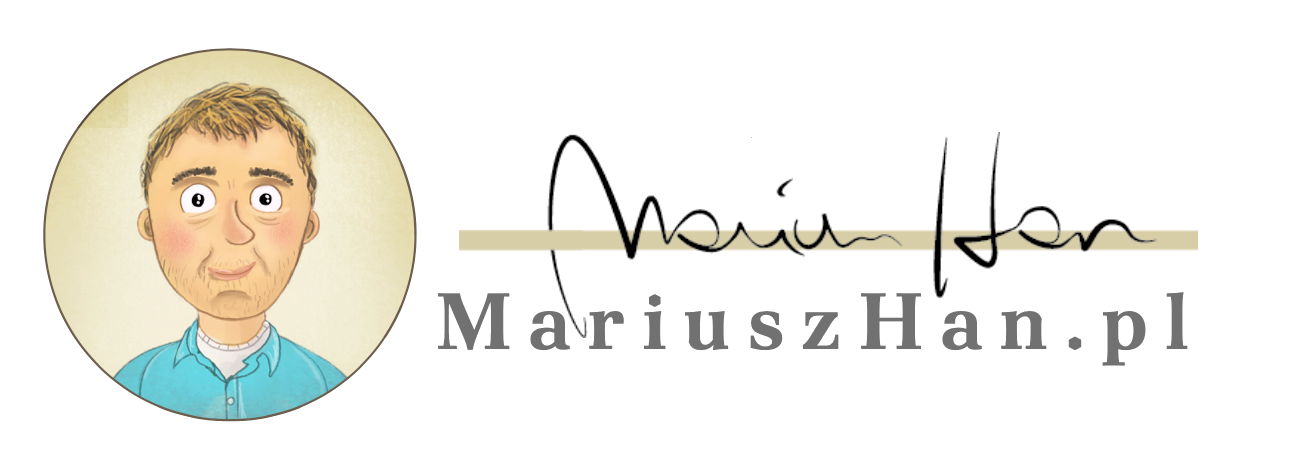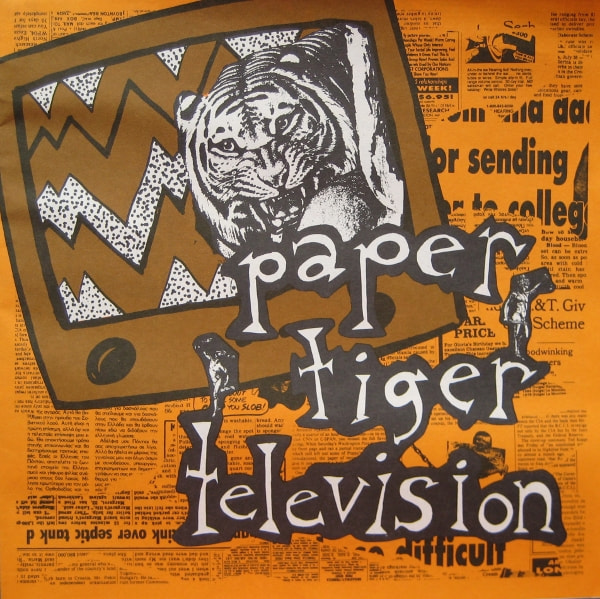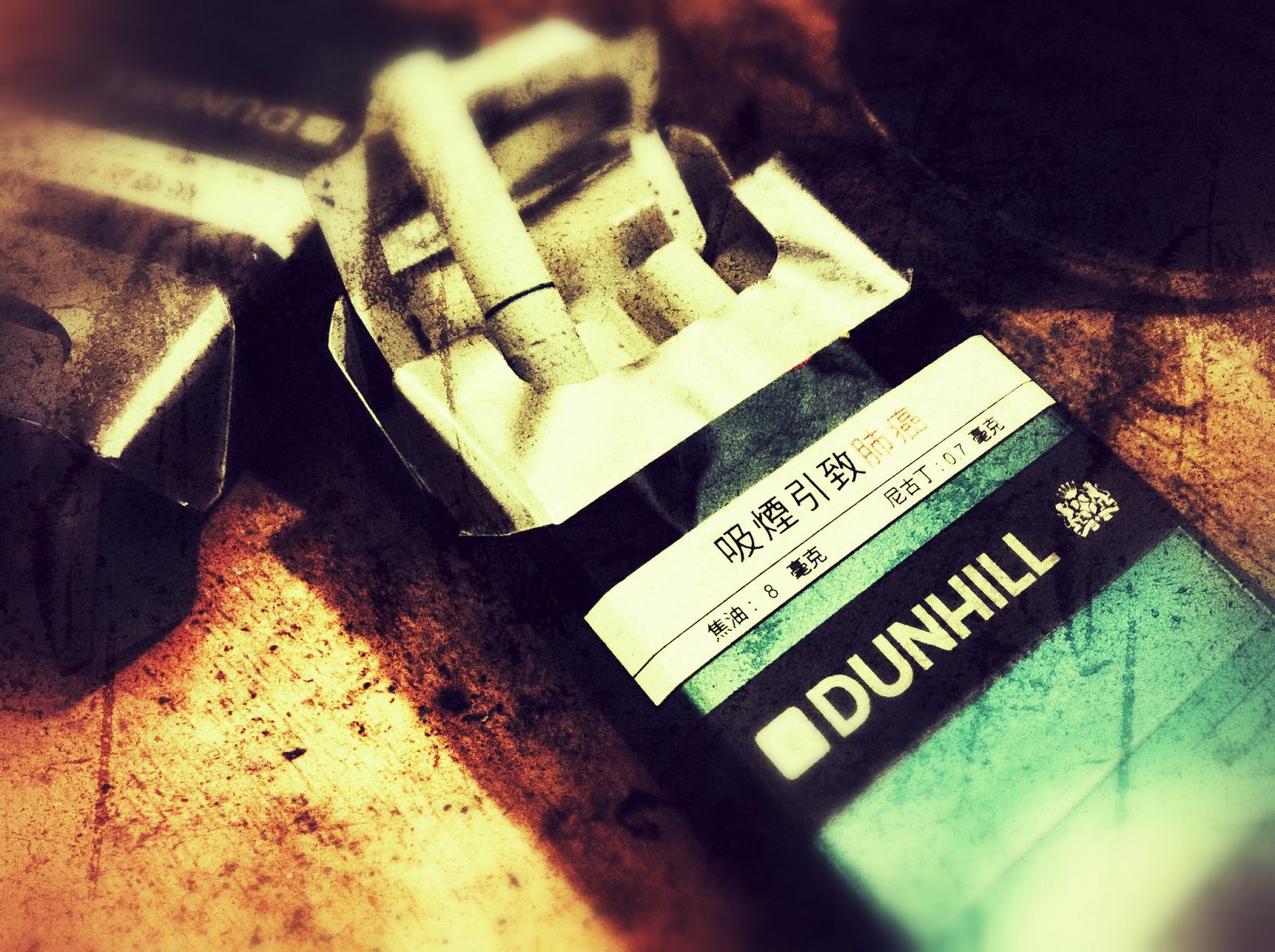Imagine a place where the freedom of speech and independence are frowned upon. My parents and I were part of a generation that grew up under a socialist regime in Poland. Under this regime, life for the Poles was reduced to the fundamentals of human existence that included sleeping, eating, and working. This socialist system defined as for and with the people was in reality run by an elite group of wealthy citizens that governed Poland’s political, economic and cultural life. Moreover, they had the final say in every important decision affecting Poland. This ruling elite has a disparaging view of honesty. It was a remnant of the bourgeois ethic designed to protect the interests of the wealthy and ruling elite. The citizens of Poland were controlled economically, politically, religiously, and culturally.
The Orange Alternative, an underground anarchic movement was founded in 1981 in my family town of Wroclaw, a city located in the southwest corner of Poland as a reaction to the social situation. It was founded by Waldemar Fydrych, who was better known to everyone as Major. He was an activist who tried to be “orange” as a middle alternative to the two major powers in Poland: the Red Communist party on the left and the Yellow Church on the right. Waldemar Fydrych and his friend Andrzej Dziewit modeled their work after a popular movement named Provos in the Netherlands in the late 1960s. They also published a student newspaper entitled Pomarańczowa Alternatywa (Orange Alternative) that was strongly influenced by Dadaism and social surrealism.
The Orange Alternative Movement, taken from their student newspaper, was organized around the many happenings that took place throughout the city. They educated the public by printing leaflets and posters with their slogans. They also created a symbol, the dwarf, which they painted on many city walls to show their presence. Their dwarf became an important element of the opposition to Poland’s communist party during and even after the Solidarity Movement of the late 1980s.
The philosophy of the Orange Alternative
Due to the heavy censorship in Poland, the Orange Alternative was more renowned in other countries. Agata Saraczynska, a local newspaper writer defined the Orange Alternative as a pastime for the young citizens of Poland. She felt that many of Poland’s citizens were looking for something to do together. Major Fydrych referred to Marx and Hegel for enlightenment. Hegel, a creator of German idealism, characterized a three-step process. The process included a thesis, antithesis, and synthesis. In this process, the thesis would cause the creation of the antithesis and then this would result in a synthesis. In reference to the Orange Alternative Movement, Fydrych defined his terms of Hegel’s dialectic in the following way: the thesis was the anti-regime slogan, the antithesis was the tar painted wall, and the synthesis was the orange dwarf. In other words, the more dwarfs that were present, the better it was for the movement. As a result, thousands of dwarfs were painted in several Polish cities including Wroclaw, Krakow, Warsaw, Lodz, and Gdansk. The dwarves that were appearing in numbers all over Poland arose interests of both the pedestrians and the militia. The intervention of the militia led to the short-term arrest of many graffiti artists. Militia saw the dwarf as a secret sign of the guerrilla band but for Western Europe it was a children’s work of the Solidarity movement.
Some important activities of the Orange Alternative
The Orange Alternative became a popular movement due to the happenings that they organized. Many of the Polish youth that joined this movement has an opportunity to make their lives exciting during the censored communist regime. Major Fydrych organized the first happening in Wroclaw 1985 with the help of several local artists. It was called the Burning of the Tubes. In 1987, during the Open Theatre Festival in Wroclaw, the Orange Alternative created the next action known as the Distribution of Toilet Paper or better known by its name Who’s Afraid of Toilet Paper. It is important to understand that a happening was created during the time where there was a lack of necessities or a missing consumer product. As a result, Fydrych was arrested on March 8, 1988. The biggest march took place on June 1, 1988 in the center of Wroclaw, where over ten thousand people took to the streets wearing orange dwarf hats. The militia always seemed to have a problem with the movement. The arrests became a regular occurrence. The militia found their outwards expressions inappropriate. The movement’s most active time was during the years of 1987 to 1989. Many happenings occurred all over Poland including the cities of Warsaw, Lodz, Lublin, and Tomaszow Mazowiecki. It was theses happenings that gave way to a new possibility of life.
Orange Alternative after the Communist Time
Communism finally fell in Poland in 1989. The Orange Alternative changed their target because a new system of government was established in Poland. The movement was reactivated in 2001 during a happening called the Dwarf for President that ran simultaneously with the elections for Warsaw President. The Orange Alternative made their idea clear by using the slogan: Vote for dwarfs, only dwarfs can save the country. Even when democracy came to Poland, many individuals from the previous government wanted to be the backbone of the political and media world. They could never accept their failure.
The Orange Alternative was also very active outside of Poland. They collaborated with organizations at the Arras and Nancy universities. Several of their targets included breaking corruption in police stations, eliminating stereotypes and provoking discussion about negative aspects of globalization. In 2004, during the Ukrainian Orange Revolution, the Orange Alternative organized a happening known as the Kiev-Warsaw-Our Common Affair. During this happening, a group of students joined the bus trip from Warsaw to Kiev. They would stop on the road in many Polish and Ukrainian cities at which participants would make orange scarves. Another influential supporter of the Orange Movement was the famous Ukrainian singer Ruslana. Ruslana tried to unite Polish and Ukrainian people with her scarves because she felt it was necessary to renew this friendship that had been strained since World War II.
Looking back from the perspective of several decades, it can be generalized, that the Orange Movement consistently pursued the unity of art and social human life. As a memory of the Orange Alternative movement many photographs are icons of independence and freedom for many people in the world. The dwarfs are still present in the streets of Wroclaw but to many they are just symbols. Children do not understand that these dwarfs represent the freedom and independence of speech. The Orange Alternative was not only an anti-totalitarian movement but also an example of an organization that copied Gandhi’s ideas of a peaceful resolution. This underground, independent, and artistic movement had a great impact on social and political changes on the national and international scale.











